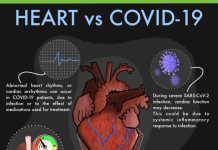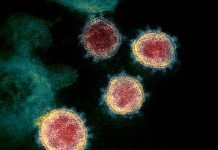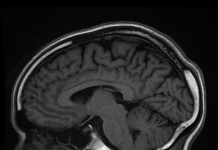Scientists have incorporated a nanomaterial having antibacterial property into composite filling material. This new filling material can effectively prevent reoccurrence of tooth cavities caused due to virulent bacteria.
Tooth decay (called dental cavities or dental caries) is a very common and widespread bacterial disease in school-going children and adults. Virulent bacteria like Streptococcus mutans accumulate on the surface of the tooth and start to dissolve hard tissues. Once bacteria settle on the tooth surface, it leads to secondary (or recurrent) tooth decay at the edges of dental filling due to production of acid by cavity-causing bacteria which now reside in the interface of dental filling and the tooth. Tooth decay caused by bacteria is responsible for failure of dental restoration material affecting 100 million patients every year. Recurrent tooth cavities and decay leads to tooth extraction and root canal treatments.
In the earlier time, amalgam fillings composed of metal alloys was used for dental restorations. These fillings did have some antibacterial effect but also had disadvantages of solid colour, mercury toxicity and lack of adhesion to the tooth. Now composite resins are used in dental restorative materials, however, they lack antibacterial property which is a major drawback. Also, gradual release of any soluble agents from the resin affect their mechanical properties resulting in porous or weak resin. Many of the combination materials tested are time-limited and may also be toxic towards neighbouring tissues especially since they require high dosage. Resin-based composite fillings which exhibit bacterial inhibitory activity can deter the development of widespread oral diseases like tooth decay.
In a study published on May 28 in ACS Applied Materials and Interfaces, researchers describe a new enhanced material having intrinsic potent antibacterial capabilities which can be used for novel dental fillings to prevent recurrent tooth decay. Same team of researchers had discovered in their earlier work that self-assembling building block Fmoc-pentafluro-L-phenylalanine-OH (Fmoc) has potent antibacterial and also anti-inflammatory properties. And, it contains both functional and structural subparts. In the current study, researchers functionally incorporated Fmoc nanoassemblies inside resin-based dental composite material using novel methods developed by them.
The antibacterial capabilities of this new filling material was subsequently evaluated. Researchers also analysed its mechanical strength, optical properties and biocompatibility. When resin-based composites are added with antibacterial nano-assemblies it gets the ability to inhibit and hinder growth and viability of bacteria. The new material was non-toxic and the mechanical or optical properties of the nanaoassemblies remains unaffected by the integration. The antibacterial activity against bacterium S mutans required very low dosage of the new material.
The current study demonstrates antibacterial activity of Fmoc nanoassemblies and its functional incorporation into dental resin composite filling to develop a biocompatible resin composite amalgamated material. The new filling material is pleasant looking, mechanically rigid, has high purity, is inexpensive and can be easily embedded within resin-based filling materials.
***
{You may read the original research paper by clicking the DOI link given below in the list of cited source(s)}
Source(s)
Schnaider, L. et al. 2019. Enhanced Nanoassembly-Incorporated Antibacterial Composite Materials. ACS Applied Materials & Interfaces. 11 (24). https://doi.org/10.1021/acsami.9b02839



































